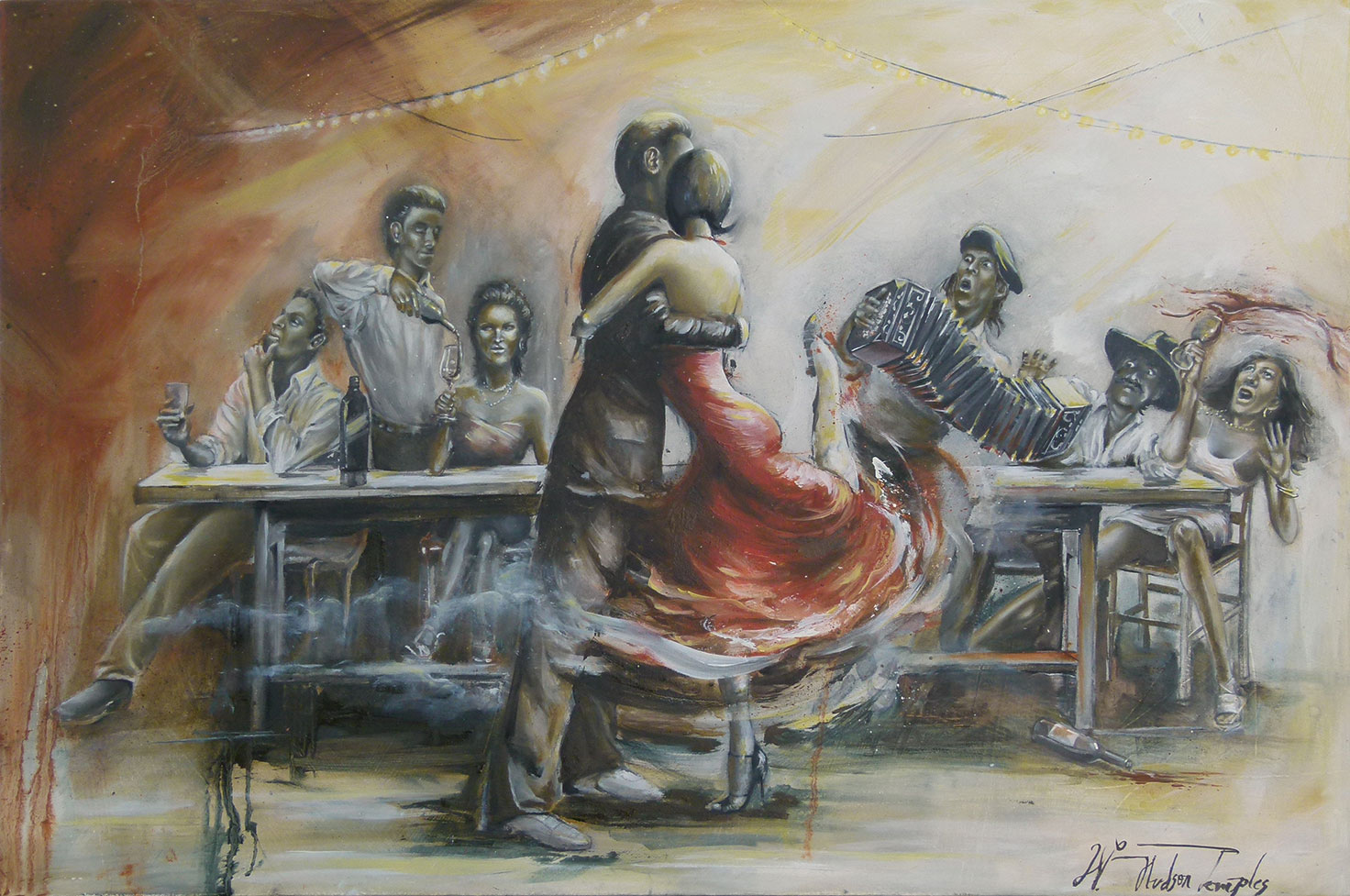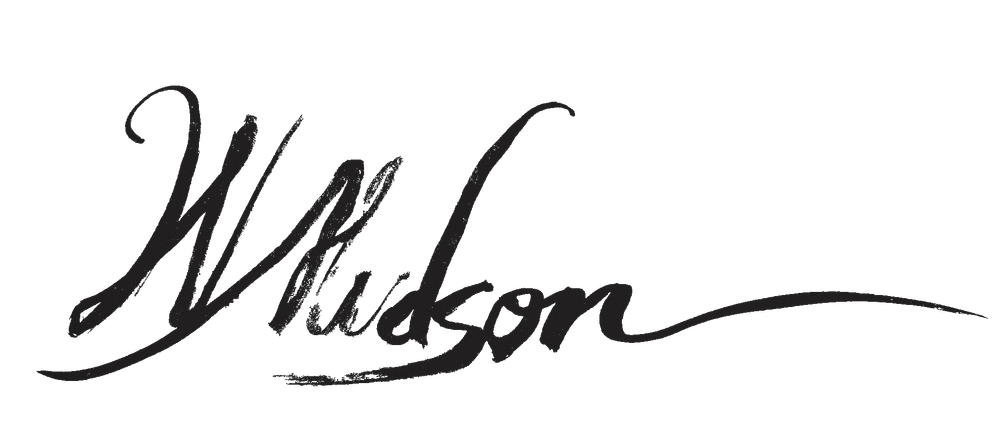 In writing, a portrait of an individual is a description. It includes details and is a type of biography. In fine art, the portrait also presents details of the individual. Of course, in art, it’s the individual’s face that is priority. However, in the work, “An Anonymous Affair”, the commission was to create a painting that did not reveal the identity of the subjects. The work could suggest, perhaps give clues, but not confirm the individuals. Thus, painting the face was out of the question. The Patron wanted viewers to speculate about the identity of the characters depicted in the painting, and only those close to the subjects and familiar with their behavior and personalities could form an opinion. Indeed, It might be tempting to declare that this work is not a portrait at all, but instead a narrative painting. In a periods before literacy was widespread, narrative painting was the writing; it was how people communicated their story. Thus, here is a story, not told with words, but with paint. It is the story of two people, told in such a way that a portrait emerges.
In writing, a portrait of an individual is a description. It includes details and is a type of biography. In fine art, the portrait also presents details of the individual. Of course, in art, it’s the individual’s face that is priority. However, in the work, “An Anonymous Affair”, the commission was to create a painting that did not reveal the identity of the subjects. The work could suggest, perhaps give clues, but not confirm the individuals. Thus, painting the face was out of the question. The Patron wanted viewers to speculate about the identity of the characters depicted in the painting, and only those close to the subjects and familiar with their behavior and personalities could form an opinion. Indeed, It might be tempting to declare that this work is not a portrait at all, but instead a narrative painting. In a periods before literacy was widespread, narrative painting was the writing; it was how people communicated their story. Thus, here is a story, not told with words, but with paint. It is the story of two people, told in such a way that a portrait emerges.
At the time this work was commissioned, the clients were immersed in Argentine Tango. They studied the dance and practiced with vigor. Therefore, it made sense to highlight that part of their life, especially when this artist specializes in translating Tango into two-dimensional works of art. The dance, then, was an ideal way to suggest that this was a painting of the client, but because, in the painting, the subjects are facing away from the viewer, it is impossible to know for sure. Yet there are other clues.
Behind the dancers, there is a crowded table. On both sides of the dancers, people gather, and while the ensemble shares a spectral quality, their behavior is strikingly different. Their ghostly appearance creates some doubt as to how real they are when compared to the dancers, and the contrast is exaggerated and humorous. The use of humor is an important clue to the identity of the subjects, as they are known, by the artist, to be jocular. To the left of the lead dancer, there is a structured, peaceful scene, but to the right of the follower, there is chaos. It is evident that two opposite scenarios unite around the unidentified dancers, but why?
The reason relates to how the artist interpreted the clients’ personalities. On the left side of the painting a man is seated, holding a beverage, and seems to be lost in thought. He looks out of the painting and is unaffected by the activity therein. Seated next to him is a woman who is poised and calm. She is having her glass filled by a man who stands between her and the thinker who flanks her. The three figures form a structured triangle, a virtual pyramid engineered for stability and strength. This scene represents traits of the client, who is visible, although with his face obscured, leading the dance, in the foreground. Both his feet are planted firmly on the ground, and through a bold posture, he supports his dance partner with fortitude. His partner, however, does not share his conservative approach.
His dance partner is balanced on one leg. Her free leg, she dynamically swings through the air, which sets in motion the chain of events depicted on the right side of the canvas. Directly behind her are the characters representing her personality. The first is a musician, who eschews the convention of a chair and sits directly atop the table. He appears to be surprised by the spectacle his music has created, and recoils in response. Perhaps losing his balance, he thrust his instrument into the face of the fedora wearing man nearby. That man contrasts with his counterpart in the same position but on the opposite side of the painting. Instead of removing his hat at the table and in the presence of a lady, he wears it without compunction. Furthermore, instead of filling the glass of the lady next to him, he is unconsciously emptying his glass on top of her. Realizing that she is being doused, the woman flails awkwardly and seems as if she may fall completely off the canvas. She is the antithesis of her correspondent who occupies the same position on the other side of the painting.
Dance can be a metaphor for life. Thus, here in this painting, is a story about life. It’s a narrative about how opposing forces work together, and indeed need each other, to be realized. Clearly, this Tango would not exist without these two personalities, and as this painting points out, these two personalities wouldn’t be as they are without this Tango. This painting, “An Anonymous Affair” asks the viewer to examine what may seem to be a contradiction, and then to think again. How can it be a portrait if the viewer can’t see the faces? The answer is, the viewer doesn’t need to see the faces if they read the story.
